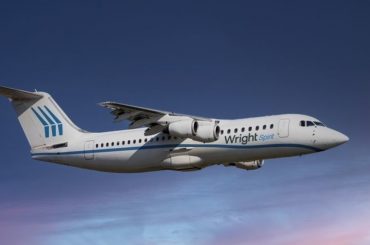Mayman Aerospace has successfully conducted flight tests of its RAZOR test bed vertical take-off and landing (VTOL) aircraft at a military base in Southern California.
The tests, supported by a contract with the US Department of Defence, focused on autonomous flight capabilities and critical systems performance.
The RAZOR test bed aircraft has the same dimensions, weight, and systems as the planned RAZOR P100 production model.
David Mayman, founder and CEO of Mayman Aerospace, said the tests were “100% successful” and expressed confidence the aircraft would reach speeds over 450 knots.
“As a multi-role, dual use technology Razor is already changing the way defense commanders and civilian leaders are thinking about autonomous VTOL applications,” Mr Mayman said.
Dr Manu Sharma, chief engineer at Mayman Aerospace, reported that seven autonomous mission sets were flown, with all systems performing as planned.
“The primary objective was to validate recent flight-software and control-law updates, with particular attention to the change from hover mode with the engines canted outwards from the aircraft center, to transition mode with all engines canted in the same direction, which is required to get us into winged flight,” Dr Sharma said.
The RAZOR aircraft is designed for multiple military and civilian applications, including transport of critical supplies, missile deployment, intelligence gathering, and disaster recovery operations.
Mayman Aerospace claims the aircraft can be launched vertically without special infrastructure and potentially reach speeds up to 500 mph.
The company plans to develop variants of the RAZOR aircraft and begin manufacturing and sales of the P100 model in 2025.
Mr Mayman emphasised the importance of VTOL aircraft in future conflicts, stating that airfields would likely be early casualties in modern warfare.
Mayman Aerospace says it has already designed, built and flight tested five full-scale prototypes and secured US Department of Defense contracts.
The company aims to integrate artificial intelligence with existing military systems to create cost-effective, rapidly manufacturable autonomous aircraft for future battlefield requirements.












